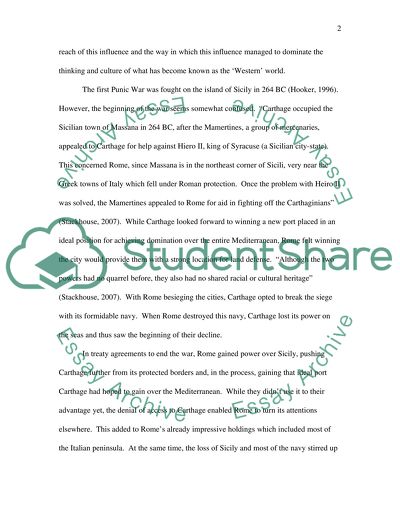Cite this document
(“Punic war and its influence on roman domination of mediterranean Essay”, n.d.)
Retrieved from https://studentshare.org/miscellaneous/1545052-punic-war-and-its-influence-on-roman-domination-of-mediterranean
Retrieved from https://studentshare.org/miscellaneous/1545052-punic-war-and-its-influence-on-roman-domination-of-mediterranean
(Punic War and Its Influence on Roman Domination of Mediterranean Essay)
https://studentshare.org/miscellaneous/1545052-punic-war-and-its-influence-on-roman-domination-of-mediterranean.
https://studentshare.org/miscellaneous/1545052-punic-war-and-its-influence-on-roman-domination-of-mediterranean.
“Punic War and Its Influence on Roman Domination of Mediterranean Essay”, n.d. https://studentshare.org/miscellaneous/1545052-punic-war-and-its-influence-on-roman-domination-of-mediterranean.


